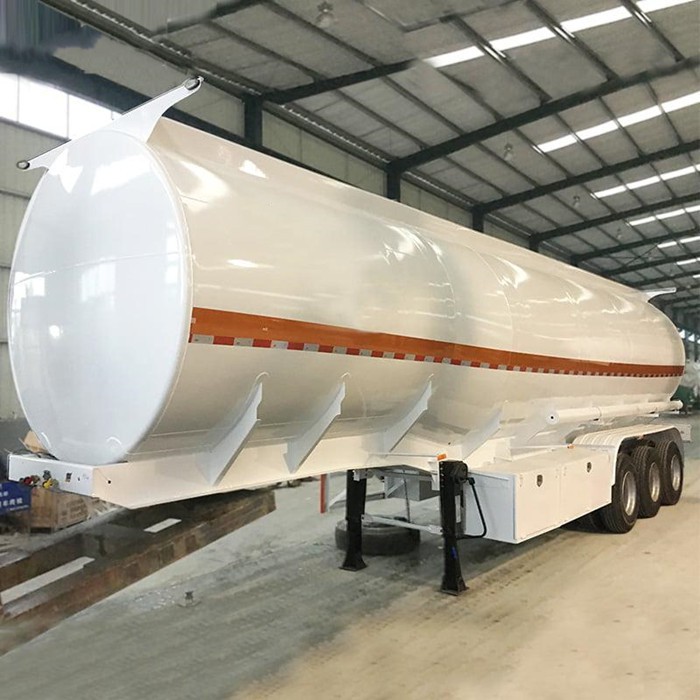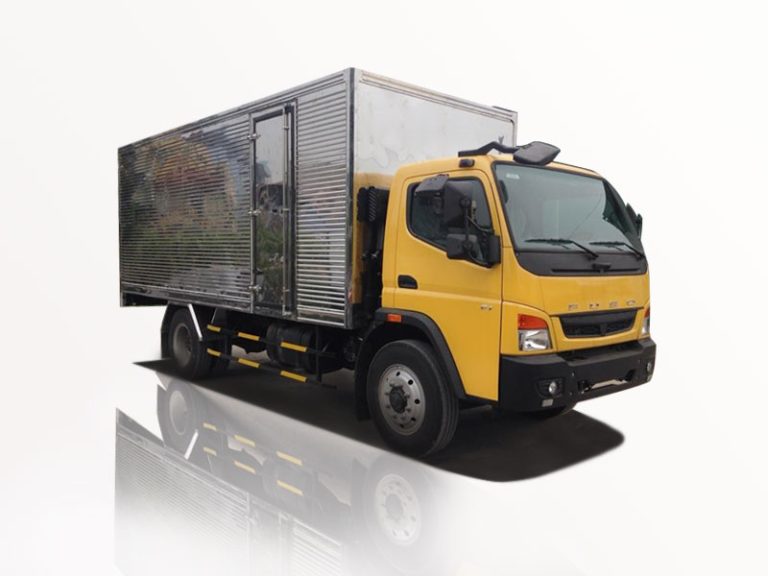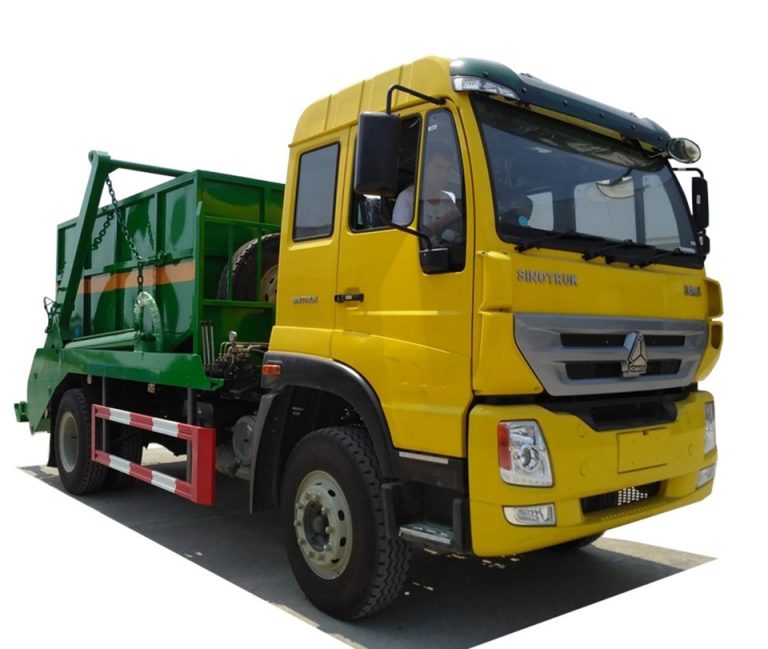When it comes to recovering vehicles in challenging situations, nothing beats a heavy duty recovery truck. These robust vehicles are designed to handle the toughest towing tasks with ease, ensuring that stranded vehicles are brought back to safety. In this comprehensive guide, we will explore everything you need to know about heavy duty recovery trucks, from their specifications to their uses, benefits, and maintenance tips.
What is a Heavy Duty Recovery Truck?
A heavy duty recovery truck is a specialized vehicle designed to tow and recover heavy vehicles that may have broken down, been involved in accidents, or are otherwise immobilized. These trucks are equipped with powerful engines, advanced towing equipment, and reinforced structures to handle substantial weights. The design and capabilities of these trucks make them essential for tow companies, roadside assistance, and even law enforcement agencies.
Key Features of Heavy Duty Recovery Trucks
1. Powerful Engine
Heavy duty recovery trucks are equipped with high-performance engines that provide the necessary torque and horsepower to pull heavy loads. Most of these trucks have engines that range from 300 to 600 horsepower, allowing them to efficiently recover large vehicles such as buses, trucks, and construction equipment.
2. Towing Capacity
The towing capacity of a heavy duty recovery truck varies by model but typically ranges from 17,000 to 80,000 pounds. This capacity ensures that even the heaviest vehicles can be safely towed. Consider the following table for a comparison of popular models:
| Truck Model | Engine Power (HP) | Towing Capacity (lbs) |
|---|---|---|
| Freightliner M2 106 | 260-400 | 29,000 |
| International Durastar | 260-325 | 30,000 |
| Kenworth T370 | 325-600 | 28,000 |
| Peterbilt 337 | 260-325 | 33,000 |
3. Advanced Towing Equipment
Heavy duty recovery trucks come equipped with various towing apparatuses like wheeled winches, hydraulic lifts, and under-lift systems. These features enable operators to recover vehicles from awkward or dangerous positions.
4. Stability and Safety Features
With a focus on safety, heavy duty recovery trucks often include stability features like low center of gravity and anti-lock braking systems. Additionally, many models are equipped with safety lights and reflective markings to enhance visibility during nighttime operations.
Common Uses of Heavy Duty Recovery Trucks
1. Towing Accident Vehicles
One of the primary uses of heavy duty recovery trucks is towing vehicles that have been involved in accidents. These trucks are capable of carefully extracting damaged cars from the scene to prevent further accidents and ensure road safety.
2. Roadside Assistance
Heavy duty recovery trucks are crucial for roadside assistance, especially when dealing with large vehicles like RVs or buses that require specialized equipment for recovery.
3. Construction Equipment Recovery
In construction zones, heavy machinery often breaks down or becomes stuck. A heavy duty recovery truck can quickly recover this equipment, minimizing downtime for construction projects.
4. Law Enforcement and Emergency Services
Many police departments and emergency services utilize heavy duty recovery trucks to clear accidents and operate during natural disasters. These trucks can safely remove vehicles from hazardous areas, facilitating faster emergency responses.
Benefits of Using Heavy Duty Recovery Trucks
1. Efficiency
Heavy duty recovery trucks are designed to operate efficiently, saving time and reducing stress during recovery operations. Their robust engines and advanced equipment enable quick towing, ensuring that services are delivered promptly.
2. Safety for Operators and Vehicles
The safety features on heavy duty recovery trucks help to protect both the operators and the vehicles being towed. Their strong build and safe towing mechanisms result in fewer accidents during recovery operations.
3. Versatility
Heavy duty recovery trucks can handle a wide range of vehicles, from passenger cars to large trucks, making them a versatile addition to any towing fleet. This adaptability ensures that a single truck can meet various operational needs.
How to Choose the Right Heavy Duty Recovery Truck
1. Consider Your Towing Needs
Assess your typical towing scenarios and the vehicle types you most commonly recover. Ensure that the truck you choose has a towing capacity that meets or exceeds your average requirements.
2. Analyze Engine Performance
Depending on the terrain and the weight of the vehicles you will be recovering, you may want to prioritize models with more powerful engines to handle challenging scenarios effectively.
3. Evaluate Equipment Features
Identify the types of recovery equipment you need, such as winches and lifts. Choose a truck that offers advanced technology and features relevant to your operations.
4. Research Manufacturer Reputation
Look for manufacturers known for durability and reliability. Reading reviews and getting recommendations can help you find a trustworthy truck that fits your needs.
Maintenance Tips for Heavy Duty Recovery Trucks
1. Regular Inspections
Schedule regular inspections to check for any wear and tear on the truck components. This includes the engine, transmission, and towing equipment.
2. Oil Changes
Perform oil changes at recommended intervals to ensure that the engine runs smoothly and efficiently. This maintenance task is crucial for prolonging the truck’s lifespan.
3. Tire Care
Check tire pressure regularly and assess tread wear. Proper tire maintenance improves fuel efficiency and ensures safe handling while towing heavy loads.
4. Cleanliness
Regularly wash your truck, especially after recovering vehicles from muddy or grimy locations. Keeping your truck clean protects its finish and prevents rusting of vital components.
Practical Examples of Heavy Duty Recovery in Action
1. Recovering a Stuck Bus
An example of heavy duty recovery would include a bus that has become stuck in muddy terrain. The recovery truck can use its powerful winch and hydraulic lifts to pull the bus out without causing further damage.
2. Towing a Dump Truck After Accident
A dump truck involved in an accident may require special techniques to be safely lifted and towed away. Heavy duty recovery trucks can maneuver around the dump truck and apply their advanced equipment to recover it delicately.
Frequently Asked Questions (FAQ)
1. What is the average cost of a heavy duty recovery truck?
The cost of a heavy duty recovery truck can range from $50,000 to over $150,000, depending on the make, model, and features.
2. How often should heavy duty recovery trucks be serviced?
It is recommended to service heavy duty recovery trucks every 10,000 to 15,000 miles or at least once a year, whichever comes first, to ensure reliability.
3. Can heavy duty recovery trucks tow other heavy trucks?
Yes, heavy duty recovery trucks are designed to tow other heavy trucks, making them ideal for scenarios involving accidents or mechanical failures of larger vehicles.
4. Are there regulations for operating heavy duty recovery trucks?
Yes, operators must adhere to local regulations, which may include having the appropriate license, following safe recovery practices, and ensuring the truck meets safety standards.
5. What kind of training is required to operate a heavy duty recovery truck?
Operators typically need specialized training that covers safe operation techniques, understanding towing equipment, and knowledgeable navigation of different terrains.
6. Can heavy duty recovery trucks also be used for other purposes?
Absolutely! Many heavy duty recovery trucks are versatile and can be used for construction work, emergency response, and transporting heavy loads beyond vehicle recovery.


